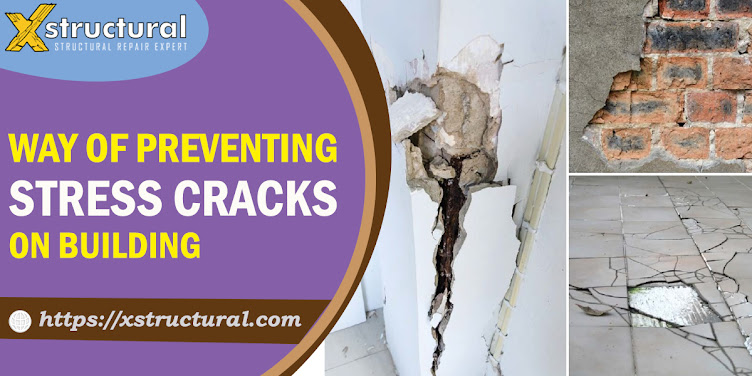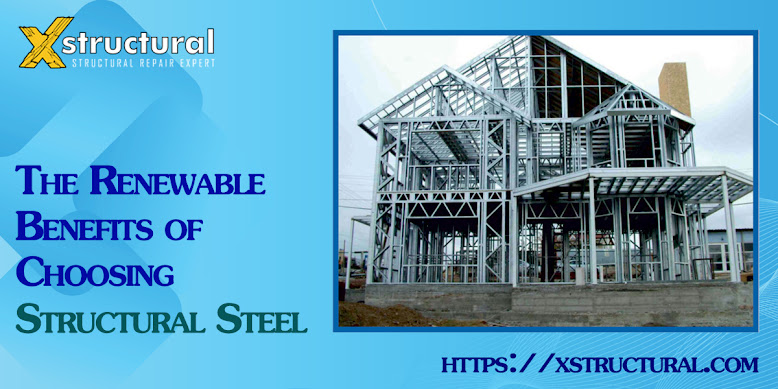Ways of Preventing Stress Cracks on Buildings
There are some things you can do to avoid stress cracks on your building. The first thing you can do is use an appropriate sealant to prevent moisture from seeping into the building. This is especially important if you live in an area where there is a high chance of rain. Another way to prevent stress cracks on a building is to reinforce it. If you are building a structure to hold up something such as a bridge, you can use a mixture of cement, alkali silica and sand and lime mixture to increase its strength. You can also use wall restraints or contraction joints. If you suspect or know you have a structural issue in your building, call us for a complimentary assessment at 617-304-1462 and we will take a comprehensive look to determine exact problem areas. We are experts and structural steel contractor.
Contraction Joints
The first step to preventing stress cracks on a building is to be aware of the types of cracks that can occur. Some are obvious such as a crack extending from the slab edge, while others are unavoidable, such as re-entrant corner cracks. In either case, there are ways to prevent them from occurring. Contraction joints reduce the likelihood of re-entrant corner cracks. They are used in both un-reinforced and lightly reinforced slabs. These can be formed using saw cuts or plastic strips inserted during finishing. Contraction joints should be installed in the right locations and should be continuous. Re-entrant corner cracks should not be allowed to travel across the slab. If they do occur, they should be blocked by rebar in the corner.
Reinforcement
A concrete repair can increase the durability and service life of a concrete structure. These repairs to ensure the long-term integrity of the concrete, minimize cracking and permeability and protect the reinforcement steel from corrosion. Reinforcement prevents stress cracks in a building by controlling the width of random cracks in a slab. This is possible because the steel and concrete are well bonded. However, this does not mean that a reinforcement bar will not break. The strength of the reinforcement depends on the type of reinforcing steel used, the amount of reinforcing steel, the spacing between the bars, and the quality of the concrete. The reinforcement in a concrete structure should be placed at the proper spacing, positioned with enough room between the bars, and supported properly. This can be achieved by using precast concrete bar supports with a 4-inch-square base.
Also read about, What are Footing Types and Design Method?
Wall Restraints
Wall restraints are an important component of structural integrity. They can prevent cracks and movement within the wall. Among other things, they can also control the size of cracks during cooling and drying processes. In the case of cracking, there are two main types of restraint: internal and external. Internal restraint is induced by the presence of minimum reinforcement, while external restraint is imposed by thermal expansion of adjacent elements. Typically, a concrete masonry wall is reinforced along the base. The amount of reinforcing is based on the deformation capacity of the base and concrete. This is done by taking a model of the wall and adjusting the amount of reinforcement in accordance with the geometric characteristics of the wall.
Alkali Silica
Alkali-silica reaction is one of the major causes of deterioration and cracking of concrete structures. It is an aggressive and deleterious chemical reaction that leads to tensile stresses in the concrete, which in turn can result in cracks, spalling, corrosive corrosion, or even loss of strength. The basic chemistry behind alkali-silica reaction is that silica particles, aggregates, and cement paste are exposed to an aggressive basic environment. This basic environment is largely comprised of alkalis and water. In addition, the molecular structure of silica is disrupted by the alkalis, resulting in the formation of a gel. ASR is an adduct that is formed by the reaction of hydroxyl (OH-) groups with reactive silica in pore solutions. When the alkali concentration is high, the pH rises, and the OH- groups dissolve the silica.
Thermal Movement
One of the most potent causes of cracking in a building is thermal movement. As the temperature rises, concrete expands and contracts. Eventually, the induced tensile strain exceeds the maximum tensile strain. The result is a stress crack. There are a variety of different factors that contribute to thermal movement. These include changes in ground conditions, supporting materials, vibration, and temperature differences. It is important to understand the sources of stress. One of the best ways to prevent cracking is to design the structure to accommodate movement. This is usually done through careful design of foundations and superstructure. Another effective means is to add adequate reinforcement. Using proper technological measures, such as expansion joints, can help minimize the potential for stress cracks. Similarly, using a suitable lining can conceal a crack from view.
Stress Cracks Repair Services in Boston
If you are in the planning for Stress Cracks Repair services in Boston, contact XStructural today or call us at +1-(617) 304-1462 and email us on info@xstructural.com.
REFERENCE URL, https://bit.ly/3QsHNdv



Comments
Post a Comment